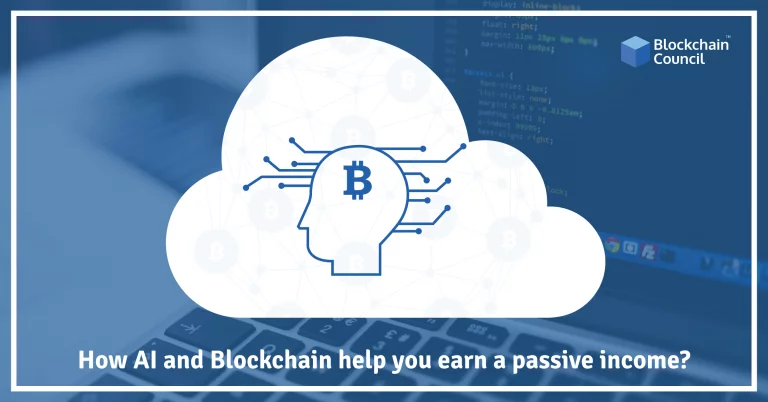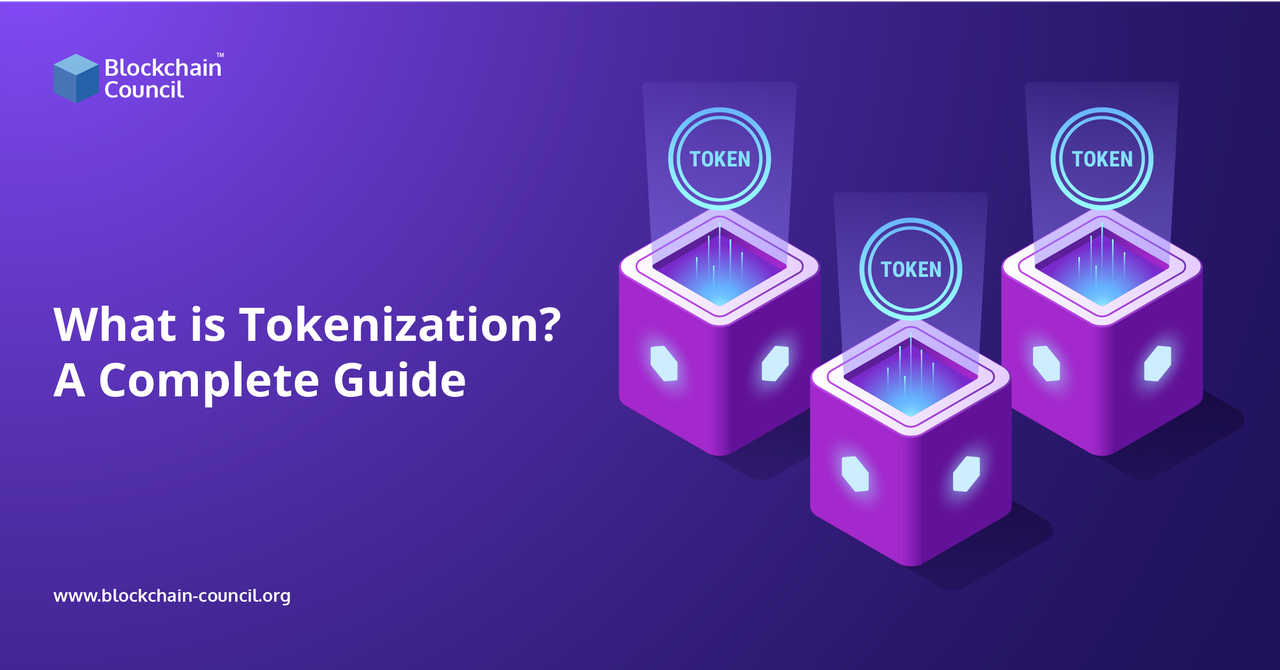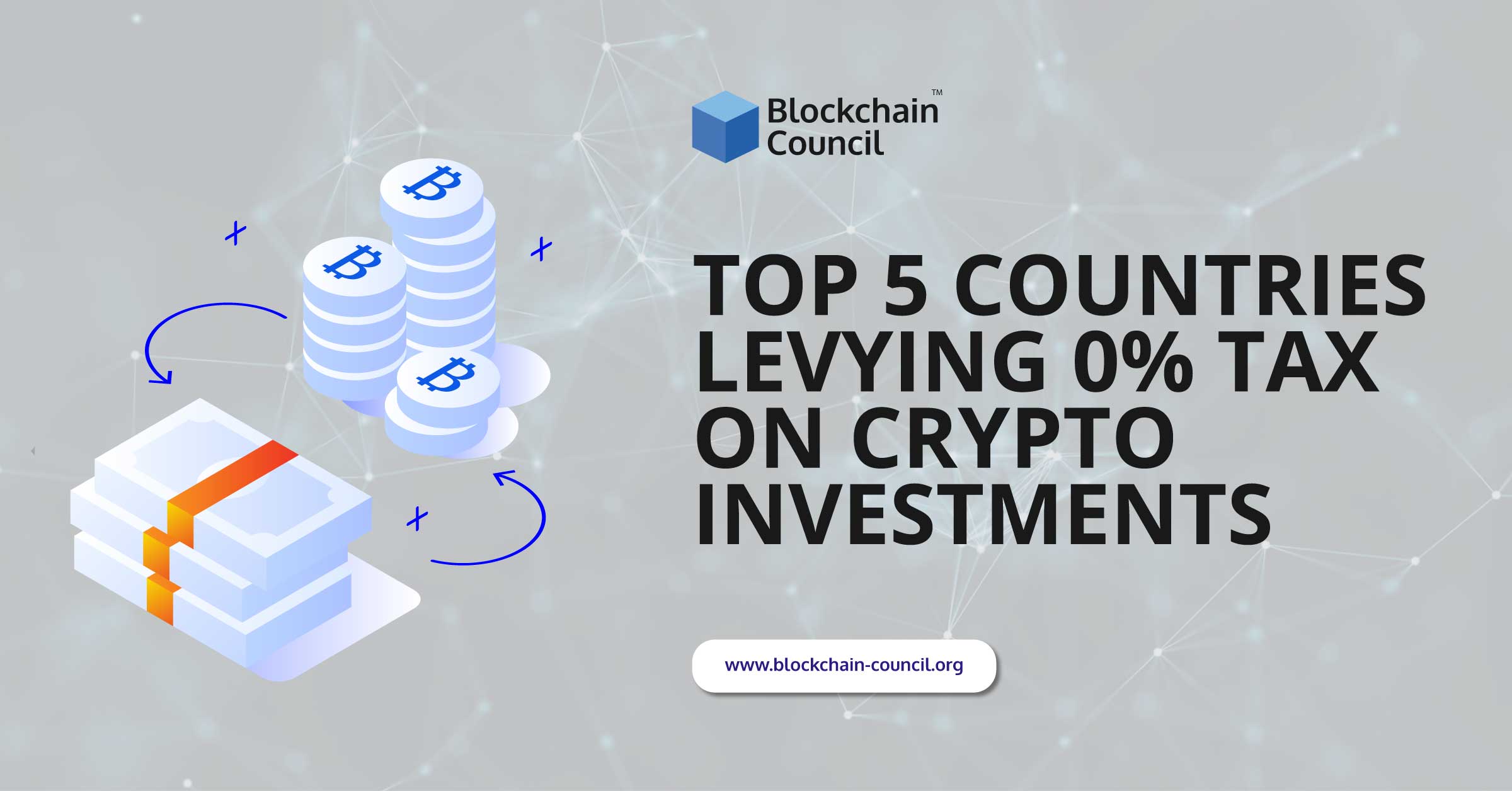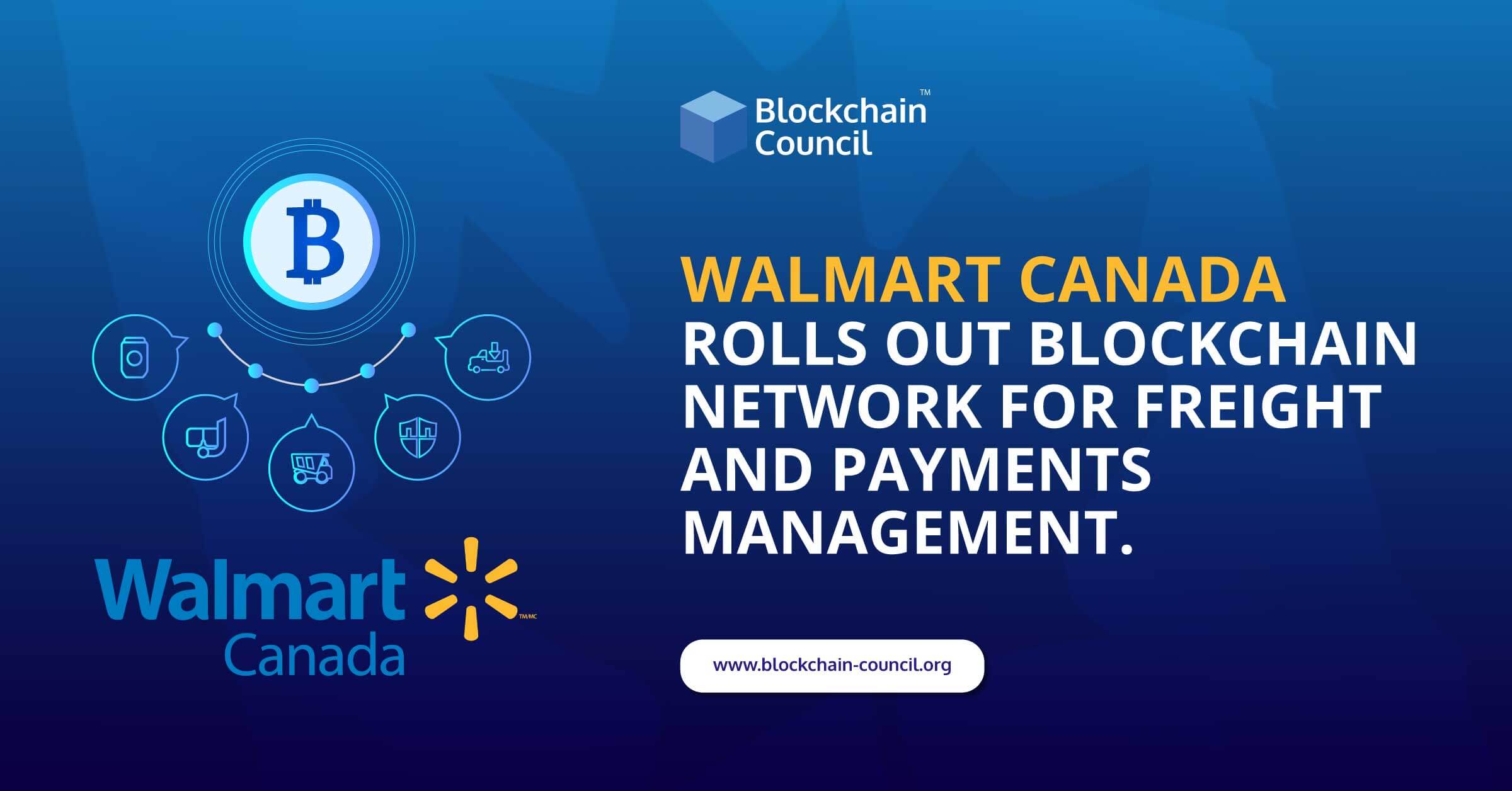
- Toshendra Kumar Sharma
- October 16, 2018
The past decade has been abuzz with speculation about both Artificial Intelligence and Blockchain Technology. Both hold enormous potential for human society as it stands and has both taken a long time to produce fruitful products. Highly developed AI modules are already entering the real world in products such as spam filtration, AI-based chess engines, and even self-driving cars. The true genius of such inventions is that they can produce code independently to solve problems in real time without any need for intervention from human beings. So let’s look at ways in which these strengths can be combined with blockchains to produce passive income investors.
Artificial Intelligence and Blockchains – The Basics
Blockchains are the newest big revolution in data storage because of their unique strengths such as transparency, security, and accessibility. Data stored on a blockchain is completely immutable for all intents and purposes making blockchains a form of “truth ledger.” Additionally, because of the use of public key cryptography, users of blockchains have their private keys which give them complete control over their digital assets. This results in decentralised ownership which is not dependent on a centralised government or business to guarantee the asset’s value or ownership.
Artificial Intelligence or machine learning is a kind of software that can solve new problems based on the data that it has previously consumed. AI models rely heavily on the datasets that are used to train them as their accuracy is a function of the data that is fed to the model. For instance, an AI that aims to beat the leading chess players of the world needs to see all the different kind of playing strategies to develop its winning strategy. Once an AI gets a stream of data, it runs some correlation and regression analyses on it to get simplify the data for further use. Then, when it needs to apply that knowledge to take decisions in the real world, it uses the condensed data to base its decisions. Therefore, the quality and accuracy of the data provided for creating an AI model are of paramount importance. This is where blockchains can be very useful for developing AI’s as they can directly link data producers and consumers and also guarantee that the data generated is, in fact, accurate and authentic.
Passive Income by Utilizing Blockchains and AI
One of the first use cases artificial intelligence was for making trades in the mortgage-backed securities market in the United States by BlackRock, which is now the world’s largest asset manager with $6.29 trillion in assets under management as of December 2017. BlackRock achieved its present behemoth status by using the ALADDIN AI to manage risk for their clients. ALADDIN, which stands for Asset, Liability, Debt and Derivative Investment Network, manages about $15 trillion in wealth globally which is about 7% of the world’s wealth.
In a similar vein, AI can be used for cryptocurrency trading based on historical chart data and technical chart patterns. Human beings are decidedly bad at interpreting and acting on signals of a trading market often being carried by emotion to make trades. This is where AI can be useful to make unbiased trades based on sound data. One such platform for AI-based cryptocurrency trading is Autonio which is based on Ethereum. The platform lets users create their algorithm with 20 technical indicators (including RSI, MACD, EMA & Bollinger Bands), with the coin pairing of their choosing and also trade window of 1 hour to 1 day. This is especially useful for beginners and intermediates as they can simply pick out the indicators that they think are relevant and let the AI make trades to their benefit. As with any other form of investment, AI-based trading is not completely free from risk, and it is important that investors understand the amount of risk that they are willing to take on their investment. Given that, AI-based trading makes more sense because in the long run impartial methods of making trades have been shown to perform better than emotion-driven modes of trading.





































































 Guides
Guides News
News Blockchain
Blockchain Cryptocurrency
& Digital Assets
Cryptocurrency
& Digital Assets Web3
Web3 Metaverse & NFTs
Metaverse & NFTs
